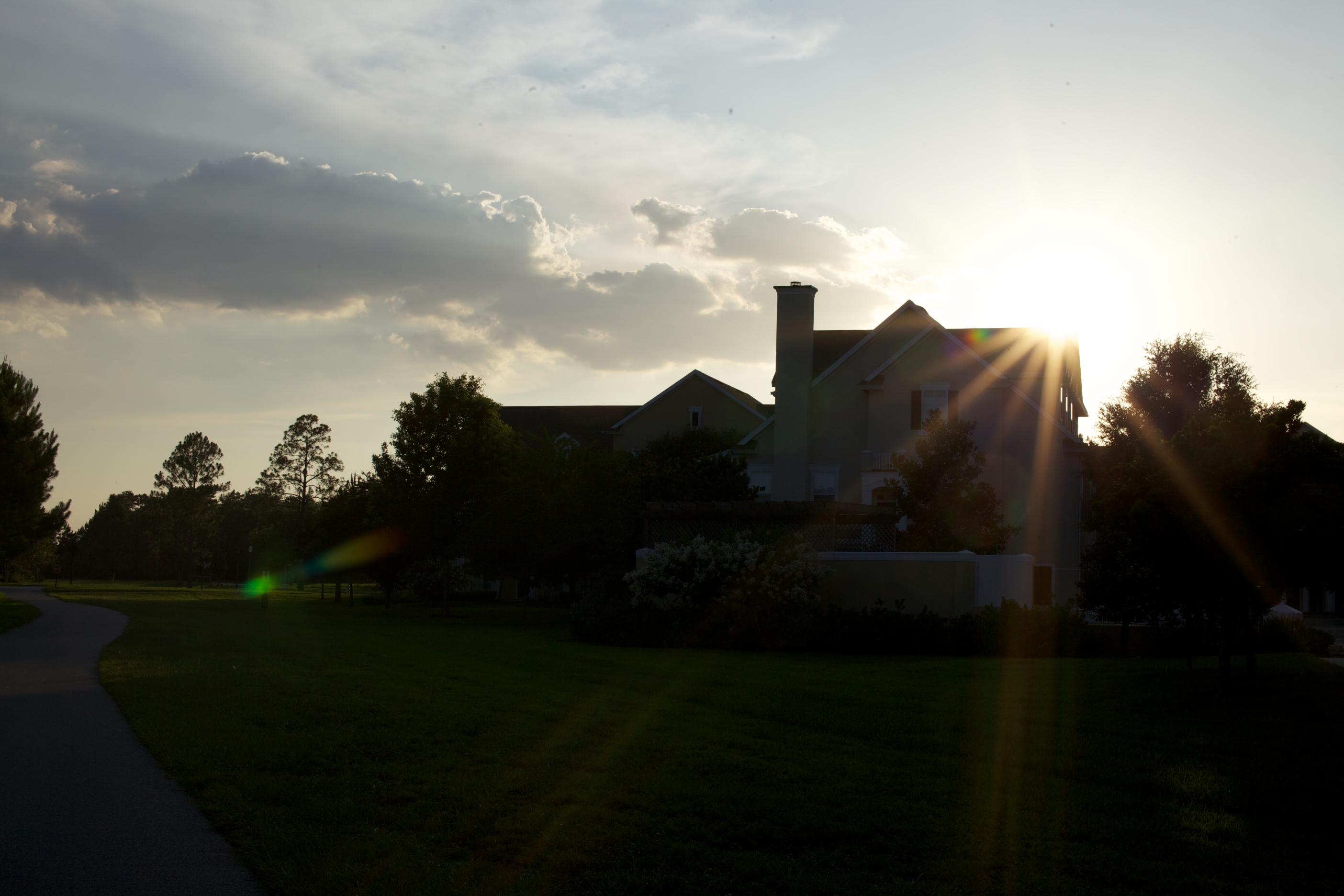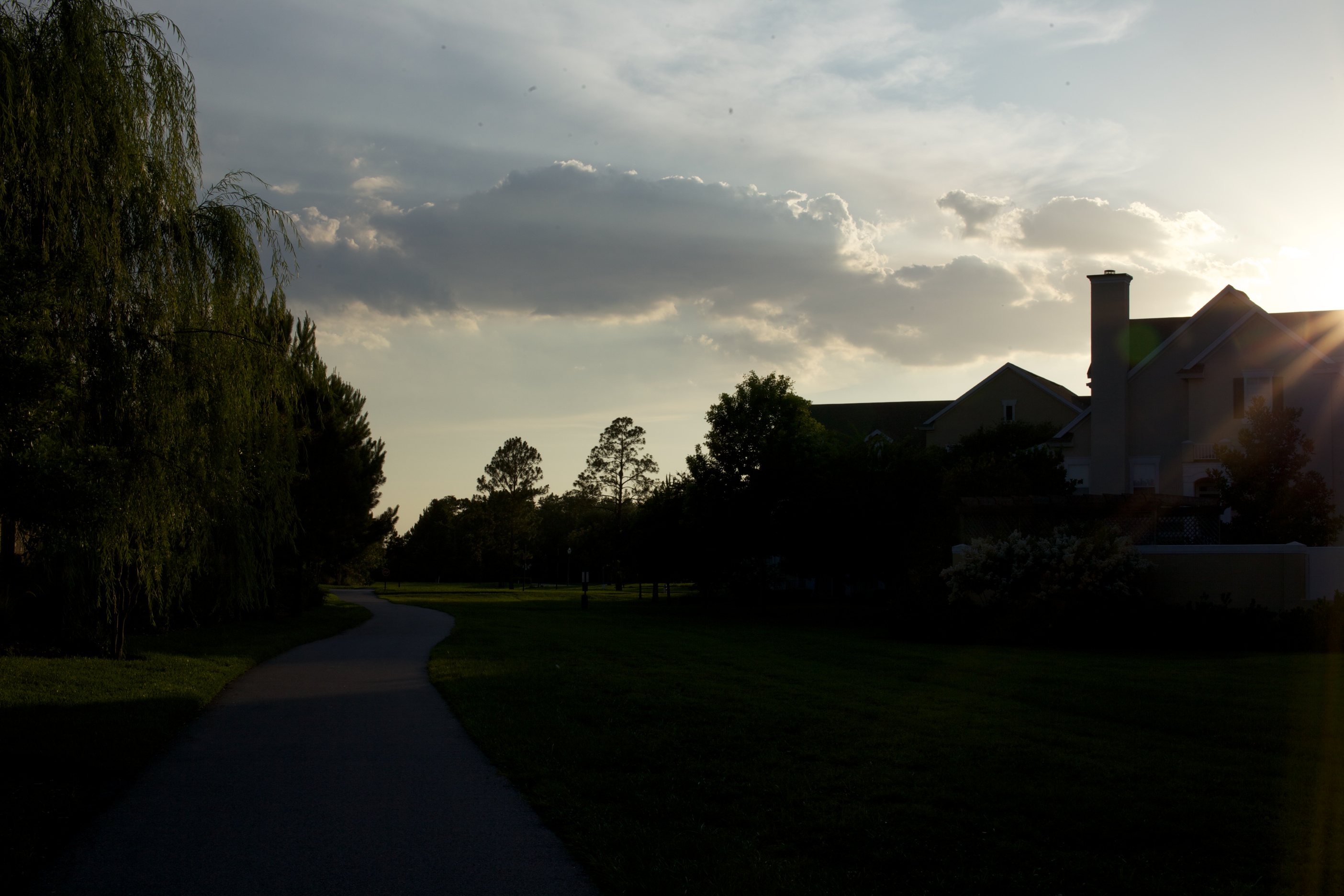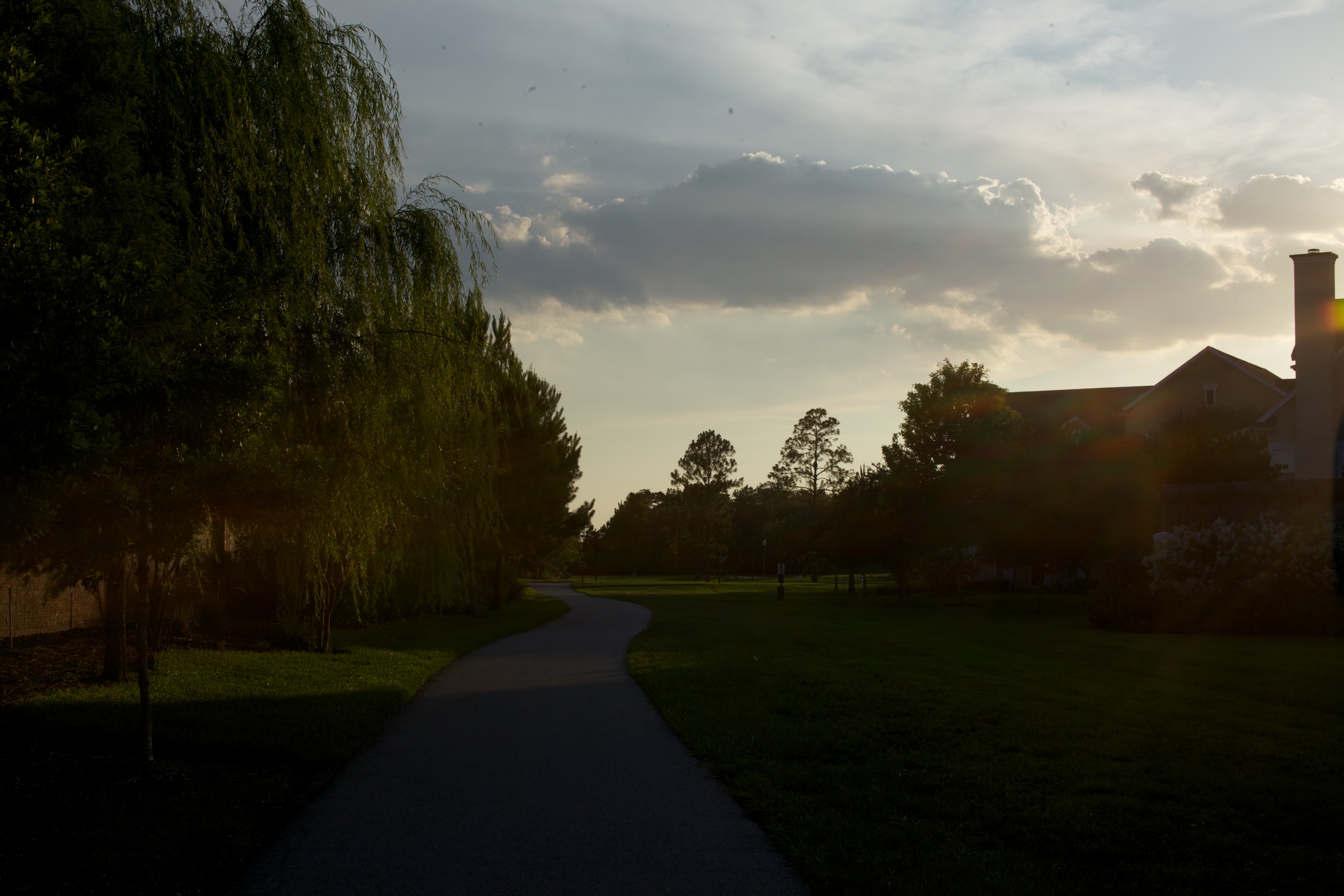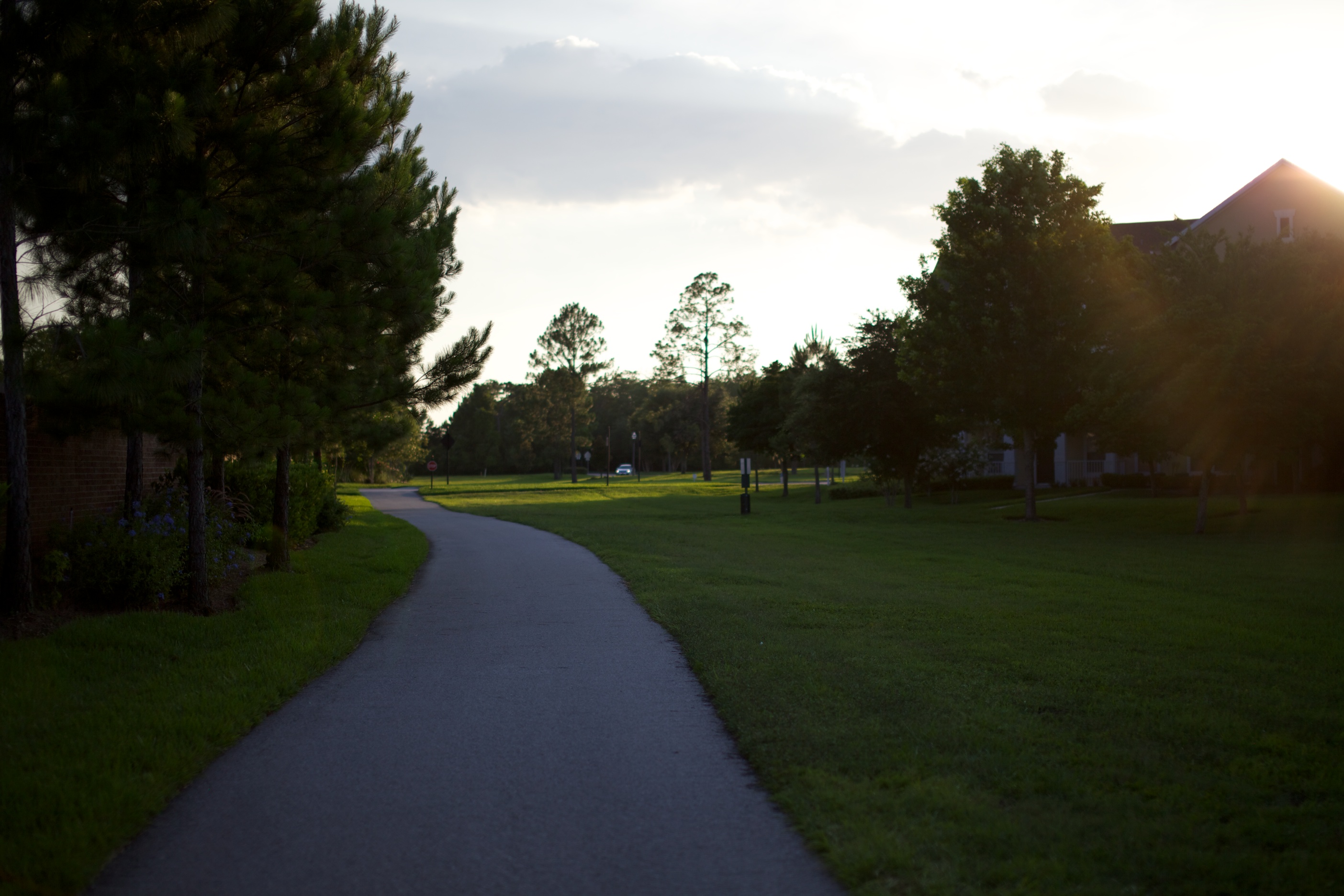
[col-sect][column]
Concerning the Canon 35mm f2OK, I was wrong.
In a previous review concerning the Sigma 50mm f1.4, I shot off a quick laundry list of problems I was having with the Canon 35mm f2 which I picked up at around the same time. After lots of testing, retesting and even some practical shooting, I have come to the conclusion that I was wrong about the 35mm f2.
When I first started testing this lens I was shooting under very bright, mid-day lighting conditions in central Florida. To give you an idea, this time of year the UV index is usually somewhere around, “You will get skin cancer in five minutes.” So of course the contrast was ridiculous, the color awful, and I was generally unhappy with my photos.
But after a few weeks with the lens, I have to say I was wrong. It’s sharp…really sharp. The highlights hold and it’s tiny! For the money, I’m not sure there’s a better lens in the Canon lineup.
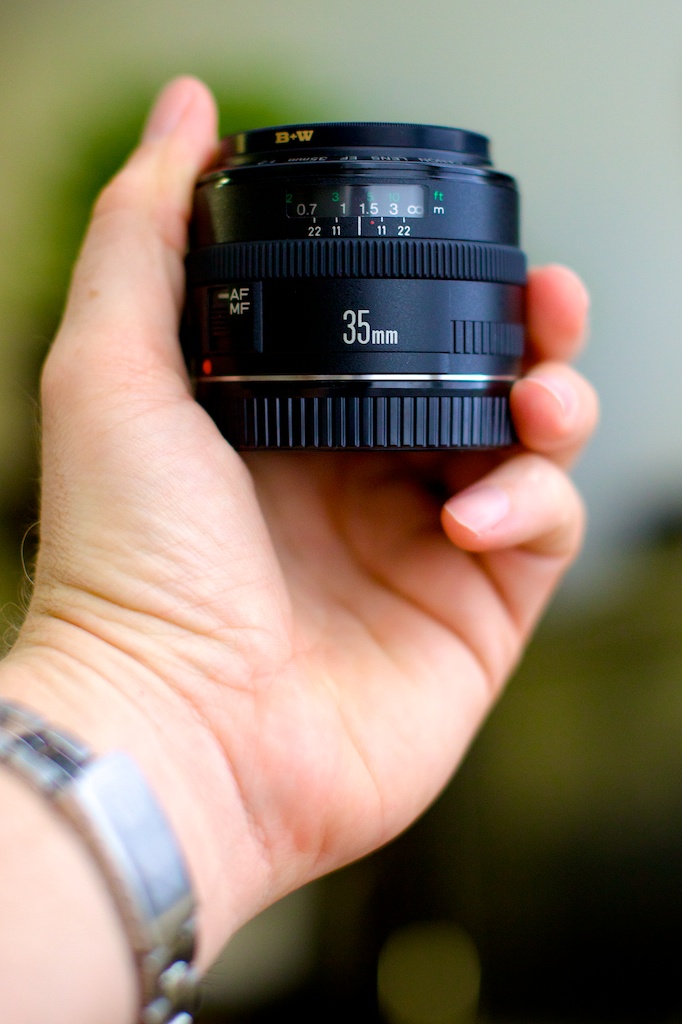
There are a few caveats; almost all lens designs are a compromise between speed, size, sharpness, contrast, color rendition, bokeh, light fall-off, and manufacturing complexity. At the $300 price point, you are going to be dealing with more compromises than you would with say a $1400 lens like the Canon 35 f1.4 L.
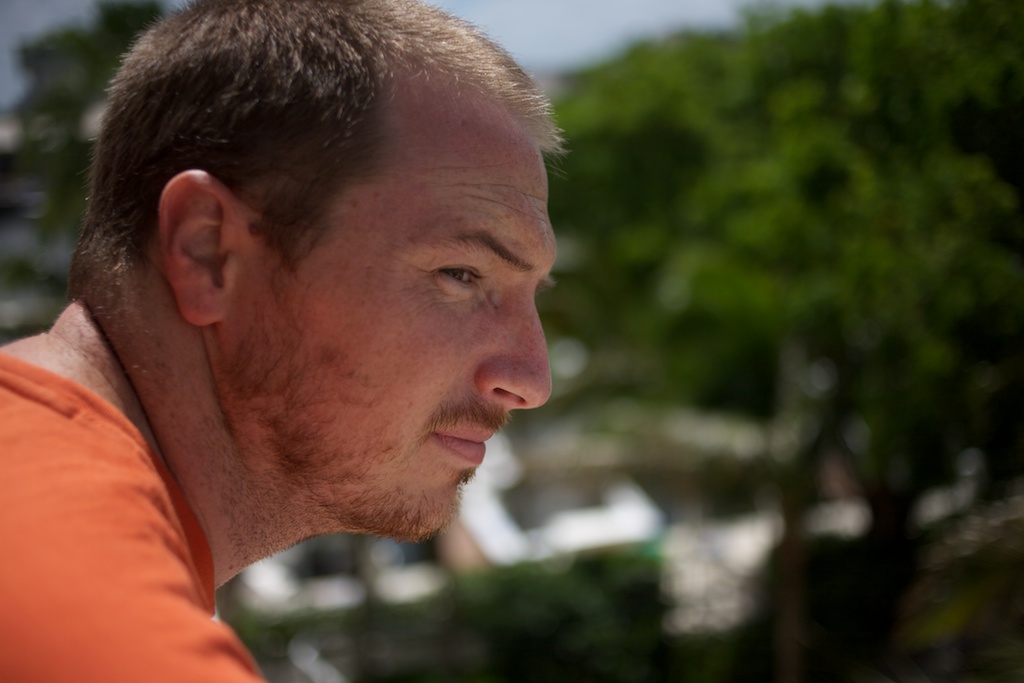
Me by the wife (which is why it's sharp) click for full sizeThe 35 f2 is one of Canon’s original EOS offerings. It showed up in 1990 and it hasn’t changed in 20 years. The seven element design is a bit of a departure from the earlier ten element Canon FD design. As a general rule, fewer elements make for a sharper lens. More elements afford a designer the ability to control light fall-off and color/contrast better, but this can be at the expense of overall sharpness (especially wide open). Note that the 35 f1.4 L has four more elements than its f2 counterpart.[/column]
[column] Can you see where this is going?
From an overall lens-characteristics standpoint the lens is very sharp. It does, however, vignette heavily from f2 to about f3.5, after which it effectively goes away. It is fairly contrasty and the color rendition is a little cooler than other Canon offerings.
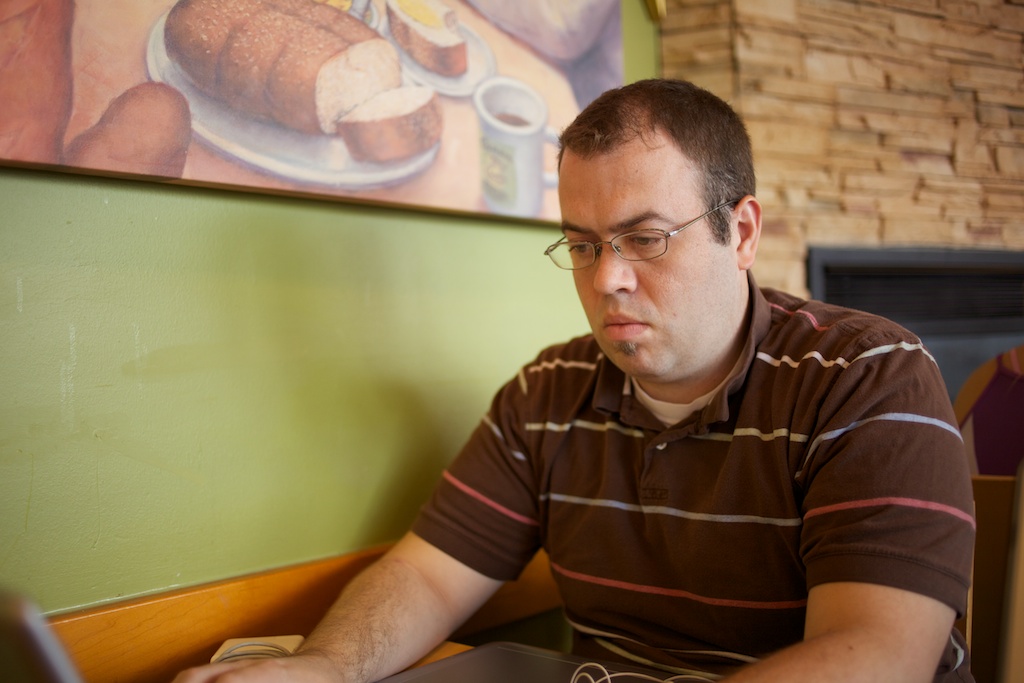
1/160@f2

1/80@f2.8
Despite the older design, the auto-focus is quite snappy and the little arc-motor is not nearly as noisy as some make it out to be. It may not be as quiet as a USM, but it’s really not a big issue. I think you’ll find that it’s quite acceptable for all but the most insecure photographer.
The great thing about the 35mm f2 is that it’s really small and light weight. The barrel is all plastic with a metal mount, but it doesn’t feel chintzy like those awful 28-80 kit lenses Canon used to include with their consumer bodies.
Who is this for?If you’re looking for a “standard” lens equivalent (in terms of FOV) for your crop sensor camera, I would look at the Sigma 30mm f1.4 first; not just for the extra stop, but because a 35mm lens will have a 56mm FOV on your camera and that’s a little long for a standard lens (at least for me). Further, while the 35mm f2 is sharp, the bokeh is nothing spectacular. You’re not going to be super happy with it if you’re using it to mimic the kind of photography you’d normally get using a 50mm f1.4 on a full-frame body.

Light, small, sharp and fast makes the 35mm f2 the perfect walk-about lens for your 5D, 1Ds Mark II, or that EOS 1V you just picked up off eBay.[/column][/col-sect]
[col-sect][column]
Regarding 35mm Lenses in GeneralPaul Meyers, a photography instructor I had, once told me a story about an exchange he observed at the Eddie Adams Workshop. A student was rifling through the lens-cabinet and pulled out a 20mm (this was during a time when super wides were just becoming cool in photojournalism). His team coach caught the student before he made it out the door, pulled him back to the cabinet, took the 20mm from his hands and swapped it for a 35 f2. “When you can fill the frame with this,” his coach said, pointing to the 35 f2, “then you can check out the 20.”
The 35mm focal length on full frame cameras represents an important perspective for a photographer, especially a photojournalist or documentary photographer. It allows you to photograph what your eye sees naturally…everything your eye sees.
[/column]
[column]
James Whitlow Delano has this to say about the 35mm focal length:
“If a person in my photograph fills the frame, that means I was physically right next to them. I have to respect their culture and not anger them by my intrusion. I’m so close they could reach out and pop me in the nose…”
This makes it a challenging prime because there is only one way to fill the frame – you’ve got to get close to your subject, really close. But it’s a great departure from super-wides. It’s a refreshing lens to use and a great focal length with which to challenge yourself and create space.[/column][/col-sect]
 Tuesday, July 27, 2010 at 3:49AM
Tuesday, July 27, 2010 at 3:49AM 





 Just Because
Just Because  Just Because
Just Because 
















